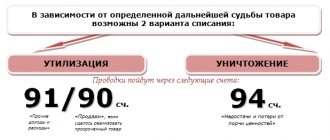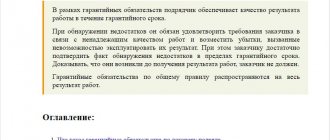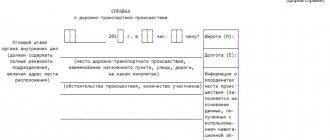Home / Products / Shelf life and shelf life – what’s the difference?
Very often, food products are marked on their packaging with “product shelf life” or “expiration date”. Moreover, this marking can be applied simultaneously. An example of such a product could be ice cream, coffee, honey, and pasta. How these concepts differ and what distinctive features they have is stated in GOST R 51074-2003 “Food products. Information for the consumer."
There is a significant difference between these concepts, although the average buyer does not consider it significant at all.
Let's briefly consider the difference between expiration date and shelf life using the example of wine and medicine. We carefully study the labels on bottles of wine. They may indicate how long the wine can maintain its quality and original properties - shelf life. But already medicines are marked on the packaging with an expiration date (expiration date) during which the drug must be used. Despite the fact that some medications indicate a shelf life. So what is the difference between shelf life and expiration date?
General concepts. Shelf life and expiration date.
Shelf life is the time during which the product retains its original quality and the ability to use it for its intended purpose. When the expiration date expires, consuming the product or medicine will not be effective or have any benefit. But it may also happen that the product becomes dangerous to use and may cause harm to health. Trade rules require the removal of expired products (with expired expiration dates) from sale, even if this may cause damage to the retail outlet.
Shelf life is the period of time after which the product is unfit for consumption. This definition is given in Article 5 of the Law “On Protection of Consumer Rights”.
Some goods, after their expiration date, can be sold on the condition “without claims”.
On the packaging or label of any product, the expiration date is indicated as a set of numbers (calendar dates) having a sequence - day (day), month, year. This is the expiration date for the product. The manufacturer may set a time after which the product or preparation cannot be used; it may be specified in months or years from the date of release. For example, 6 months.
There is a list of goods with a mandatory indication of the expiration date in accordance with Decree of the Government of the Russian Federation of June 16, 1997 N 720. According to this document, after its expiration date, the product cannot be used (consumed), as it may pose a health hazard.
The list contains: medicines, chemicals, substances for industrial or household use, as well as packaged food products. Also, this list indicates the types of products that contain substances that can change the properties of the product itself when interacting with the external environment.
Shelf life is a period of time that does not affect the original quality of the product and its technical characteristics.
Shelf life is the period of time during which products (subject to certain storage conditions) do not lose their consumer properties.
Throughout the entire storage period, the taste, consistency, beneficial properties, and aroma of the product are preserved. In other words, the properties of the product remain the same as when the product was released, or may change within acceptable limits.
Expiration dates and shelf life of both food products and medicines can be indicated on the packaging (label) at the same time. This means that the product does not completely lose quality after a certain period. But at the same time, some of its properties change. After this period, the product will still be usable, although it will be less effective.
Shelf life is always greater than the shelf life or they are equal. In this case, a certain period of time is allocated for the sale of goods. It is often and deliberately underestimated so that there is some time reserve.








